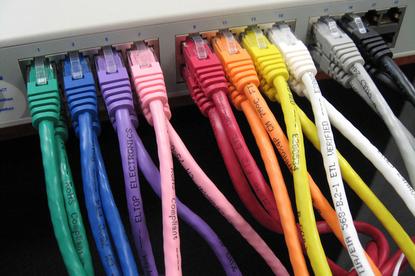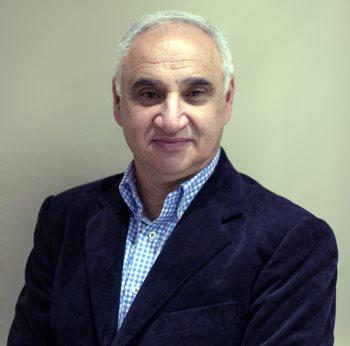Australian network engineers must skill up, or the industry risks falling behind
- 05 May, 2017 11:40

In Australia and New Zealand, like most markets around the world, traditional networking vendors with legacy "lock-in" technologies have dominated the networking segment. We have already seen a transformation away from these methodologies in many areas of the data centre such as server and storage, and we are seeing this shift already happening in the network.
More and more organisations are embracing the growing networking hardware/software disaggregation paradigm. But as a result, the industry is now under immense pressure to ensure its workforce has the skills required to implement new and emerging technologies, such as software defined networking (SDN).
While Australia is typically on par with the United States when it comes to the adoption of new technology, there are still some areas where we lag behind – one of those being SDN. A key reason for this is a lack of network engineers skilled in SDN.
Although SDN is widely discussed and traction is closely monitored throughout the networking industry, SDN training had been relegated to niche graduate-level courses, or a few token lectures or assignments in undergraduate core classes.
However, a shift is now clearly underway, with the networking industry driving recognition in educational institutions that it's imperative for networking engineers to be skilled in SDN. More and more universities are introducing courses and subjects focused on SDN. For example, RMIT University, Macquarie University, Charles Sturt University and The University of Sydney all have specialist subjects on SDN. RMIT has even gone as far as building virtual networking labs to help students learn about the technology.
It’s great that universities in Australia and New Zealand are beginning to offer SDN training. However, we also have a generation of traditionally-trained and Cisco-certified engineers who might be challenged to make the leap to the differentiated approaches to networking now available, such as disaggregated or open networking.
Many in the industry fear that automation will result in highly skilled engineers no longer being needed, but forward-thinking vendors and network integrators are keeping highly skilled staff and retraining them for the next-generation of data centres. Rather than spending their days dealing with the repetitive minutiae, this new generation of network engineers are able to solve different challenges that enable their organisations to stay competitive.
It’s not just about ensuring the next-generation of network engineers are skilled in SDN, equally we need to ensure we’re educating the current workforce.
Historically, network IT staff have spent a lot of time and money on certifications, such as the CCIE, however critics of these types of certifications argue that often the programs produce overqualified, but under-skilled, engineers. By simply learning new skills that enhance the training that they have already completed, network staff will be able to help their businesses with the eminent digital transition, supported by emerging environments and technologies such as cloud, IoT, SDDC, SDN, and NFV. These adjacent technologies will enable network IT staff to help break down the silos between server, storage, and networking.
Contrary to industry belief, SDN training is not expensive nor time consuming. For example, Big Switch Networks architected its products in a way that enables Cisco certified engineers to be retrained over a two-day course. We train network engineers from a configuration engineering background into highly skilled automation and orchestration engineers, as this is where the industry is headed.
We did this by simplifying the network fabric to a point where very little configuration is required on an ongoing basis. We also use industry standard command-line interface (CLI) and graphical user interface (GUI) to make it simpler for engineers to move from traditional networks to our SDN-based fabric networking solution. Industry-wide, the use of existing, well-established technologies as the basis for new technologies that improve business processes is a great way of keeping existing skills relevant while building and improving on old ways of doing things.
If Australia is to compete on a global scale, we need to ensure companies, and the infrastructure they're built on, are agile and scalable. And to do that, we must have network engineers with the skills required to take networking into the software era.

By training engineers in SDN, we ensure their skills remain relevant to the changing requirements of modern businesses. Importantly, companies investing in SDN also benefit with access to a readily available workforce. It's good for engineers, and good for business.
Mario Vecchio is managing director, APAC, of Big Switch Networks.
